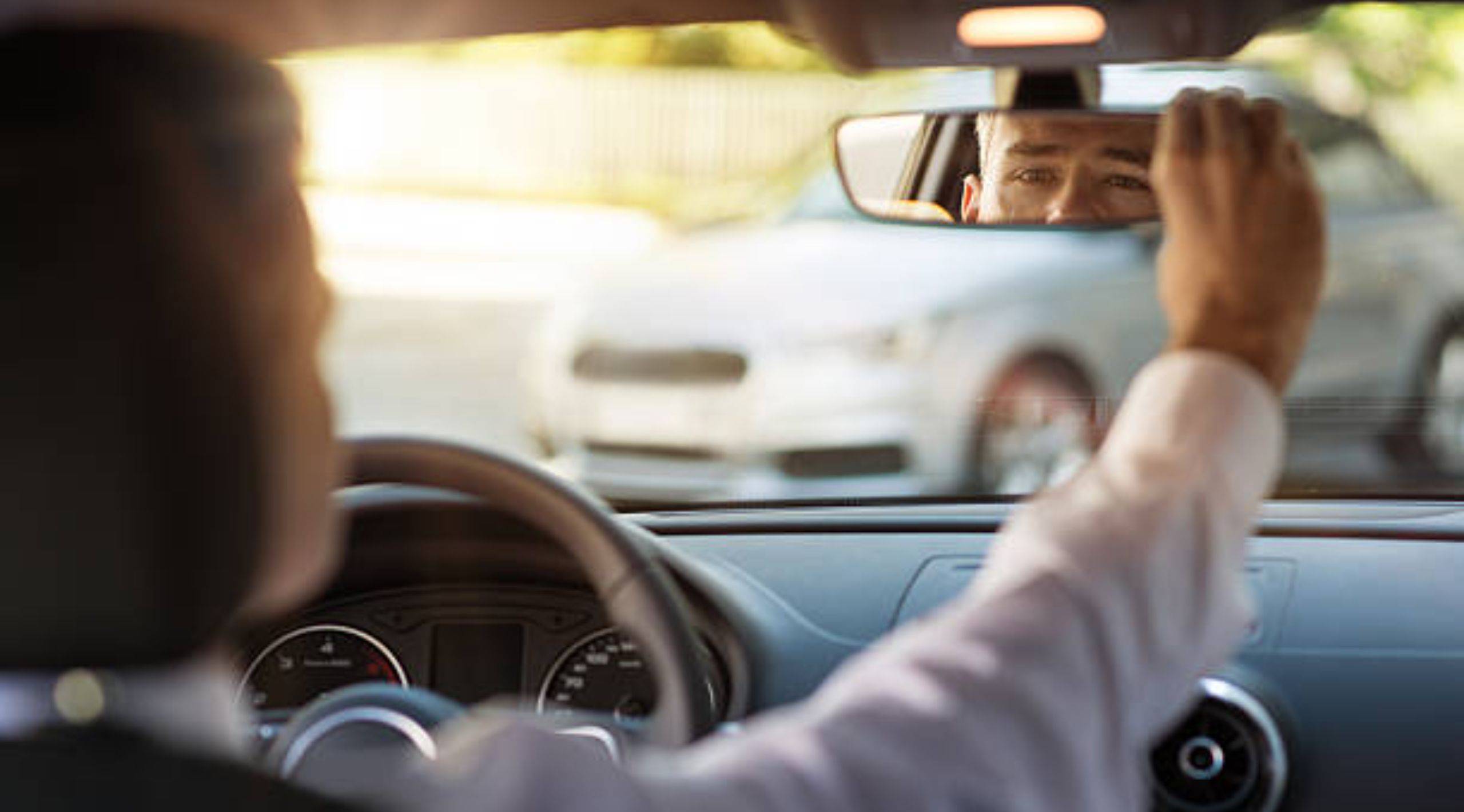Understanding the Importance of Properly Adjusted Car Mirrors
Car mirrors play a pivotal role in supporting safe and effective driving. By offering a clear field of vision of the areas surrounding your vehicle, they help facilitate safe and timely maneuvers on the road. Hence, understanding how to adjust car mirrors properly is essentially a skill that every driver must cultivate. Properly aligned mirrors can contribute to eliminating blind spots, increasing overall visibility, and enhancing the driver’s understanding of their surroundings.
Assessing the Current Mirror Settings and Blind Spot Awareness
Before tinkering with your car side mirror or rear-view mirror, it’s crucial to assess their current position. Sit in the driver’s seat and take some time to consider the views presented to you. Can you see the entire rear window in your rear-view mirror? Does the side mirror adjustment display a sliver of your car? Are there any blind spots that affect your visibility? An initial assessment will help you identify what needs to be adjusted and why it’s so important to know how to adjust your car mirrors properly.
Preparing for Mirror Adjustment: Finding an Optimal Driving Position
Effective mirror adjustment hinges on your regular driving position. So, before you learn how to adjust side mirrors or the rear-view mirror, find your optimal driving position. Adjust your seat, headrest, steering wheel, and ensure you can comfortably reach the gear shifter, pedals, and other controls. Once set, do not adjust your seat further. Any changes in your seating position will likely require another round of mirror adjustment.
How to Adjust the Rearview Mirror for Clear Visibility?
Starting with the rear-view mirror, make sure it’s aligned to give you a full, clear view of the back window. Ideally, you shouldn’t see your own car in this mirror. The key is to provide maximum visibility of what’s happening behind your car without unnecessary distractions. If you’ve set your driver seat correctly, your rear-view mirror should display the entire rear window in its frame.
Adjusting the Driver’s Side Mirror: Achieving the Ideal Viewing Angle
Concise and proper side mirror adjustment is pivotal to cover potential blind spots that the rear-view mirror can’t reach. To adjust the driver’s side mirror, lean your head against the window and adjust it so you can see the side of your car in the lower inside corner of the mirror. This setting offers a holistic field of view, aiding in making safe decisions while changing lanes or taking turns.
The Passenger Side Mirror: Positioning for Accurate Blind Spot Monitoring
For adjusting the passenger side mirror, lean towards the center console while remaining in the driver’s seat. Adjust the passenger’s side mirror until you can see a sliver of your car in the lower inside corner. Once you return to a normal driving position, the car should be removed from your view, and a wide expanse of the lane beside and behind your car should be visible.
Fine-Tuning Mirror Alignment: Checking for Seamless Transition Zones
A well-adjusted mirror setting means a seamless transition between your rear view and side view mirrors. While sitting in your driver’s position, slowly move your head from side to side. The vehicle displayed in a side mirror should appear in the rear-view mirror just as it leaves the field view of the side mirror. This overlap is crucial in maintaining a continual field of visibility around your vehicle.
Understanding the “No Blind Spot” Mirror Adjustment Technique
The “no blind spot” technique is becoming widely recognized as a more effective way for mirror adjustment. With this method, side mirrors are angled further outward than usual, overlapping less with the rear-view mirror image and covering more blind spots. Although it might take time to get used to, it allows for safer lane changes and improves overall highway safety.
Ensuring Optimal Mirror Alignment for Safe Lane Changes
Mastering how to adjust your mirrors in the car greatly facilitates safer lane changes. Before executing a lane change, a quick glance in your rear-view mirror followed by a check on your side-view mirror and a brief glance over your shoulder (if necessary) ensures the path is clear. Between the mirrors and shoulder check, you can create a complete understanding of the area around your vehicle.
Overcoming Challenges: Adjusting Mirrors for Taller or Shorter Drivers
One common challenge in how to adjust car mirrors is dealing with height differences. For taller drivers, side view mirrors may need to be angled slightly upward, while the opposite applies for shorter drivers. The key is always ensuring the mirror provides a solid view of the road behind and a portion of the side. Remember, you shouldn’t need to move your head significantly to see any part of the mirrors – a slight pivot and direct line of sight are optimal.
Mirror Maintenance and Additional Safety Considerations
Knowing how to adjust mirrors in a car is important, but so is mirror maintenance. Regular cleaning is crucial to maintain visibility. Use a soft cloth and mirror-specific cleaning products to remove dust and stains (Learn: How to Remove Scratches from a Car Mirror). Moreover, advanced safety features like blind-spot detection systems and rear-view cameras supplement but don’t replace mirrors. Even if your car has these features, proper mirror adjustment remains critical.
Reflecting on Clear Vision: Concluding Remarks on Car Mirror Adjustment
Proper mirror adjustment is a relatively simple but crucial aspect of safe driving. It offers improved visibility, which can lead to safer, more informed decisions on the road. Regular checks on the alignment of your mirrors ensure they continue to be positioned optimally for your driving needs.
By understanding the importance of mirrors, preparing and adjusting them correctly, learning the “no blind spot” technique, and fine-tuning mirror alignment, you can become proficient in how to adjust your car mirrors. (Learn: Why Do People Put Plastic Bags on Car Mirrors?) Remember, though, that no amount of adjustment replaces the importance of continuous awareness on the road. Safe driving always requires a combination of properly adjusted mirrors, conscious surrounding scanning, and respect for other road users.

